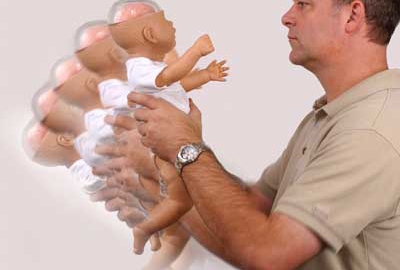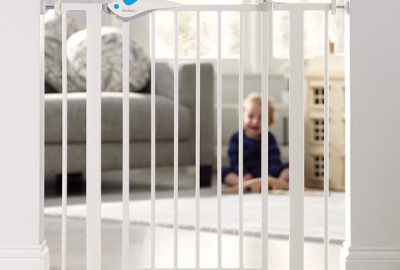A fracture consists of a break or crack in the bone. There are two types of fractures. The first is a "simple fracture." This term refers to a fracture in which the skin is intact and no wound is present anywhere near the fractured area.
The second type of fracture is known as a "compound fracture." This term is used when the underlying skin has been broken or damaged. This type of injury may result in the bone protruding through the victim's skin or as a result of a direct blow that cuts the skin at the time of impact. The bone itself may or may not be visible in the wounded area.
It is not always possible to tell with the naked eye if a bone has been fractured. In case of doubt, it is best to assume the victim has received a fracture and treat it accordingly.
Here are a few signs and symptoms to assist you when you suspect a person has suffered a fracture and a few rules of administering the proper first aid to the victim until emergency medical assistance can be provided.
Your first step in identifying a broken bone would be to check for deformity by comparing the injured counterpart on the opposite side of the victim's body.
Second, look for an open wound, which may indicate an underlying fracture.
Third, check for pain, which usually accompanies a fracture. The injured person will most likely be able to point to the area of pain. To assist in diagnosing a broken bone, gently feel along the bone. The victim will most certainly complain of tenderness or pain at the exact point of the fracture.
Fourth, notice if the injured area is swollen. Swelling in a fractured area happens rapidly, so look for this significant sign as well.
In some cases a victim of a fracture is able to move the fractured limb with little or no pain. In other cases, motion will produce pain and the victim will refuse to move the injured limb.

















